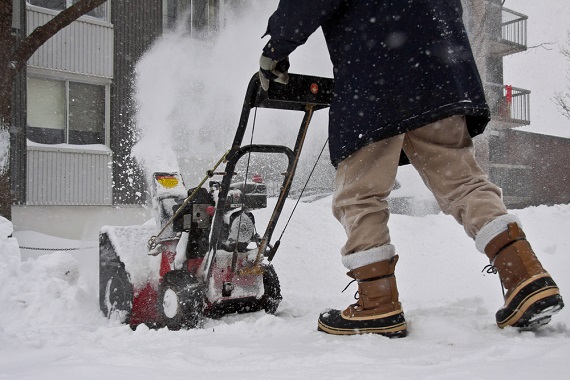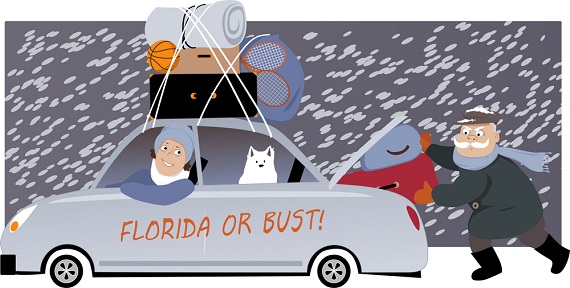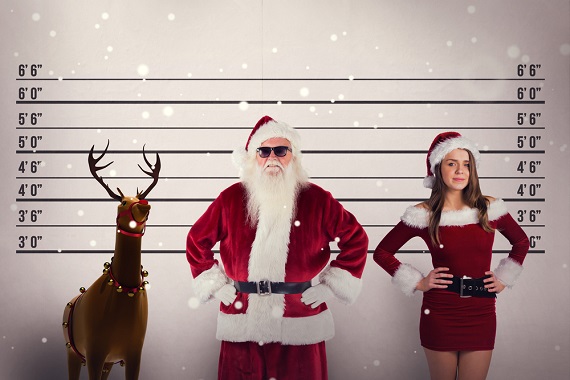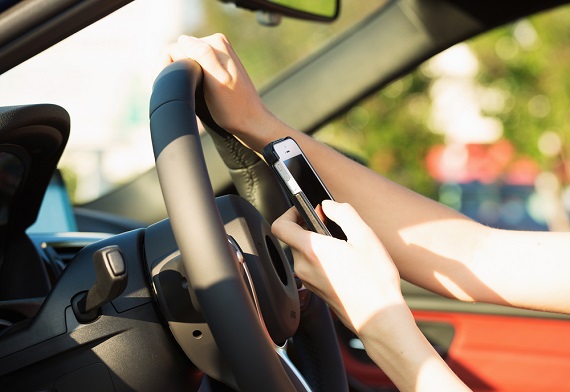Here are the Top 10 Blog Posts that were reader favorites in 2019
1. Never plug a space heater into a power strip
2. New Massachusetts hands-free driving law to go into effect in February 2020
3. Update your life insurance beneficiaries!
4. Keyless car owner alert: Carbon monoxide poisonings
5. Buying a used car? Don’t get scammed by title washing
6. Home burglars reveal the tricks of the trade
7. Fraud alert: This is (not) the government calling
8. What’s most likely to kill you? Check out your odds for National Safety Month
9. Thinking of a side hustle? Check with your insurance agent
10. Get rid of that junk: where and how to recycle your stuff
Top 20 All-time Favorite Blog Posts
1. Does homeowners insurance cover a flooded basement?
2. Do I Need Condo Insurance?
3. What are the odds? Mortality calculators
4. Car thieves have new tricks: VIN cloning
5. What to do if you have a car breakdown while on the road
6. Does your new car have a spare tire? Don’t count on it!
7. Does my car insurance cover me when I rent a car?
8. New Massachusetts hands-free driving law to go into effect in February 2020
9. Drunk Driving Simulator shows effects of impaired driving
10. Puffback: Avoid This Homeowners’ Nightmare
11. Totaled: Upside-down car loans and when Gap Insurance could be a good idea
12. Is Your Home’s Vinyl Siding Melting?
13. Behind the wheel: when being too polite is dangerous
14. Drowning doesn’t look like what we see in the movies
15. MA commercial truckers take note: New requirement to carry US DOT number in September
16. Preventing frozen pipes: tips from the experts
17. Ten dog breeds that might cause problems with your home insurance
18. Life events that should trigger a call to your insurance agent
19. Water in the basement: What does insurance cover?
20. Ice Dams 101: How to handle winter roof hazards
Reprinted from Renaissance Alliance – no usage without permission.










